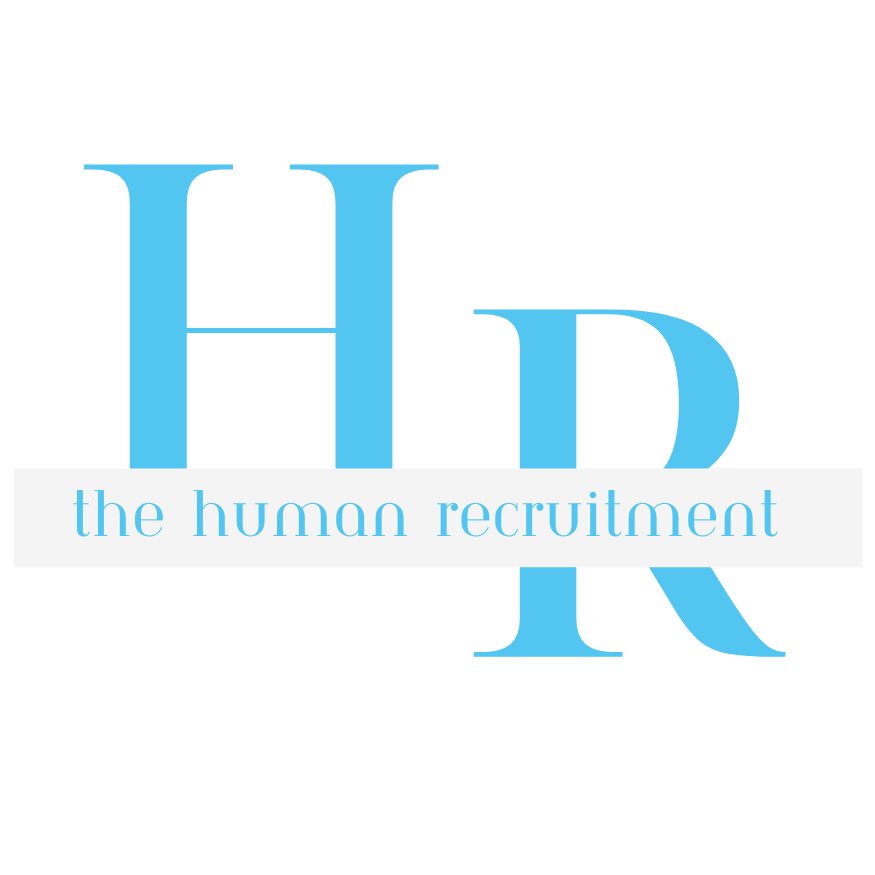Are you struggling to find the perfect balance between cultural fit and skill set in your hiring decisions? Dive into the debate and learn how companies create dynamic teams that drive innovation and success while fostering employee growth. Explore the nuances of prioritizing both skills and cultural alignment for a thriving workplace. Discover the key strategies for balancing culture fit and skills to build a strong and cohesive workforce.
In today’s corporate environment, the concept of cultural fit has gained significant importance as a component of the hiring process. Companies seek candidates who not only possess the required training and credentials but also align well with the organization’s culture.
This focus has reignited a longstanding debate about the relative importance of cultural fit versus abilities. The ideal goal for companies aiming to build robust and effective teams is now to strike the right balance between these two elements.
Balancing Culture Fit and Skills
The Value of Skills
The essential building blocks that enable workers to carry out their duties successfully and effectively are known as skills. Having the right skills in problem-solving, communication, leadership, or technical expertise is crucial for ensuring productivity and success in a company.
Since skills directly impact an employee’s ability to contribute to the company’s objectives, employers naturally prioritize them during the hiring process. Skills-based hiring is often measurable, emphasizing observable results and quantifiable accomplishments. Candidates who have demonstrated their abilities are frequently viewed as valuable assets, capable of handling responsibilities with minimal guidance or instruction.
The Importance of Cultural Fit
While skills are undoubtedly vital, they may not be sufficient to ensure long-term success within a company. Cultural fit largely depends on how well an employee’s values, attitudes, and beliefs align with those of the company. This intangible aspect of hiring considers a candidate’s ability to integrate and thrive within the company’s culture and mission.
A positive cultural fit fosters harmony and cohesion within the team, encouraging participation and a sense of belonging. This, in turn, boosts employee satisfaction and reduces attrition rates. Employees who feel connected to their company’s culture are more likely to remain committed and motivated, leading to increased productivity and overall performance.
Cultural Fit vs. Skill Set: Balancing Culture Fit and Skills
The debate over whether companies should prioritize skills over cultural fit, or vice versa, remains contentious. There is no clear-cut answer here; rather, the goal is to identify the optimal balance between the two.
Undervaluing cultural fit and placing excessive emphasis on skills can result in a chaotic and uncooperative workplace. Talented employees who clash with the organization’s values can create a toxic atmosphere that undermines morale and team relationships.
Conversely, prioritizing cultural fit over skills could limit a company’s potential. Hiring individuals solely based on shared values may lead to a lack of diversity in perspectives and skill sets, hindering creativity and problem-solving abilities.
Promoting the Optimal Balance
To cultivate a dynamic and productive workforce, companies should develop a comprehensive hiring strategy that considers both cultural fit and skills. Here are some tips to help you find the ideal balance:
1. Define Your Company Culture: Clearly articulate your company’s mission, vision, and core values to help prospective employees assess their compatibility with your business culture.
2. Skills Assessment: Thoroughly evaluate candidates’ skills, backgrounds, and certifications to ensure they have the necessary knowledge and experience for their roles.
3. Conduct Behavioral Interviews: Use behavioral interviews to assess candidates’ attitudes, problem-solving approaches, and work styles, revealing their cultural alignment.
4. Diversity and Participation: To create a well-rounded team with a variety of skills and perspectives, value diversity and inclusion. A more diverse workforce encourages greater adaptability and creativity.
5. Onboarding and Training: To help new hires quickly fit into the company culture and hone whatever abilities they might be lacking, offer comprehensive onboarding and training programs.
6. Promote Open Communication: To resolve any cultural differences as soon as feasible and constructively, promote open communication between staff members and management.
The debate between cultural fit and skills will likely persist as businesses evolve. However, striking the right balance between the two is crucial for success. Prioritizing both skills and cultural fit enables organizations to build a cohesive workforce that drives innovation, productivity, and long-term success while fostering personal and professional growth among employees.

